Kevin Fauvel
LCE: An Augmented Combination of Bagging and Boosting in Python
Aug 15, 2023Abstract:lcensemble is a high-performing, scalable and user-friendly Python package for the general tasks of classification and regression. The package implements Local Cascade Ensemble (LCE), a machine learning method that further enhances the prediction performance of the current state-of-the-art methods Random Forest and XGBoost. LCE combines their strengths and adopts a complementary diversification approach to obtain a better generalizing predictor. The package is compatible with scikit-learn, therefore it can interact with scikit-learn pipelines and model selection tools. It is distributed under the Apache 2.0 license, and its source code is available at https://github.com/LocalCascadeEnsemble/LCE.
A Lightweight, Efficient and Explainable-by-Design Convolutional Neural Network for Internet Traffic Classification
Feb 11, 2022



Abstract:Traffic classification, i.e. the identification of the type of applications flowing in a network, is a strategic task for numerous activities (e.g., intrusion detection, routing). This task faces some critical challenges that current deep learning approaches do not address. The design of current approaches do not take into consideration the fact that networking hardware (e.g., routers) often runs with limited computational resources. Further, they do not meet the need for faithful explainability highlighted by regulatory bodies. Finally, these traffic classifiers are evaluated on small datasets which fail to reflect the diversity of applications in real commercial settings. Therefore, this paper introduces a Lightweight, Efficient and eXplainable-by-design convolutional neural network (LEXNet) for Internet traffic classification, which relies on a new residual block (for lightweight and efficiency purposes) and prototype layer (for explainability). Based on a commercial-grade dataset, our evaluation shows that LEXNet succeeds to maintain the same accuracy as the best performing state-of-the-art neural network, while providing the additional features previously mentioned. Moreover, we demonstrate that LEXNet significantly reduces the model size and inference time compared to the state-of-the-art neural networks with explainability-by-design and post hoc explainability methods. Finally, we illustrate the explainability feature of our approach, which stems from the communication of detected application prototypes to the end-user, and we highlight the faithfulness of LEXNet explanations through a comparison with post hoc methods.
XCM: An Explainable Convolutional Neural Network for Multivariate Time Series Classification
Sep 10, 2020



Abstract:We present XCM, an eXplainable Convolutional neural network for Multivariate time series classification. XCM is a new compact convolutional neural network which extracts, in parallel, information relative to the observed variables and time from the input data. Thus, XCM architecture enables faithful explainability based on a post-hoc model-specific method (Gradient-weighted Class Activation Mapping), which identifies the observed variables and timestamps of the input data that are important for predictions. Our evaluation firstly shows that XCM outperforms the state-of-the-art multivariate time series classifiers on both the large and small public UEA datasets. Furthermore, following the illustration of the performance and explainability of XCM on a synthetic dataset, we present how XCM can outperform the current most accurate state-of-the-art algorithm on a real-world application while enhancing explainability by providing faithful and more informative explanations.
A Performance-Explainability Framework to Benchmark Machine Learning Methods: Application to Multivariate Time Series Classifiers
May 29, 2020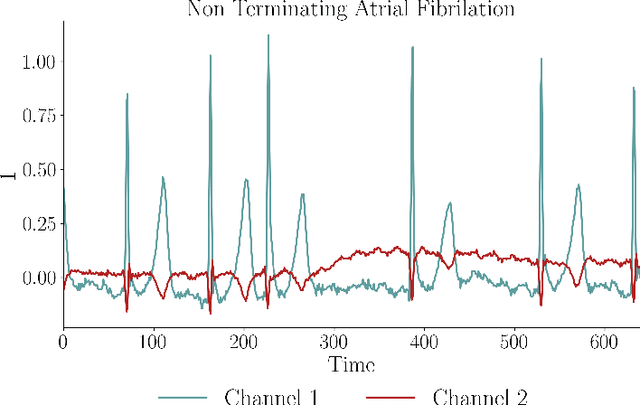

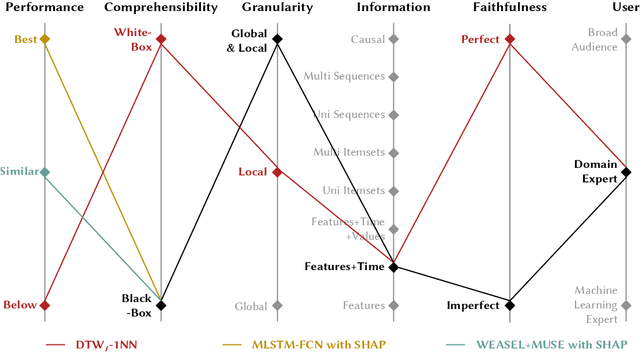
Abstract:Our research aims to propose a new performance-explainability analytical framework to assess and benchmark machine learning methods. The framework details a set of characteristics that operationalize the performance-explainability assessment of existing machine learning methods. In order to illustrate the use of the framework, we apply it to benchmark the current state-of-the-art multivariate time series classifiers.
Local Cascade Ensemble for Multivariate Data Classification
May 07, 2020
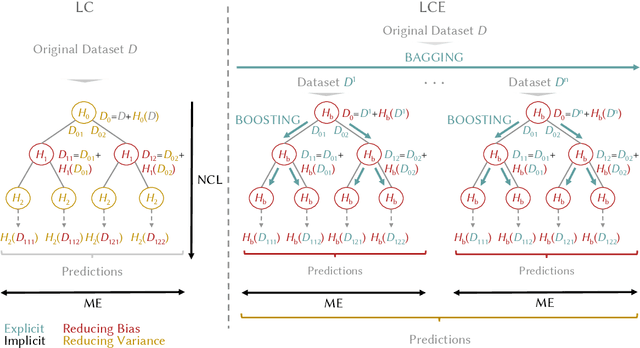
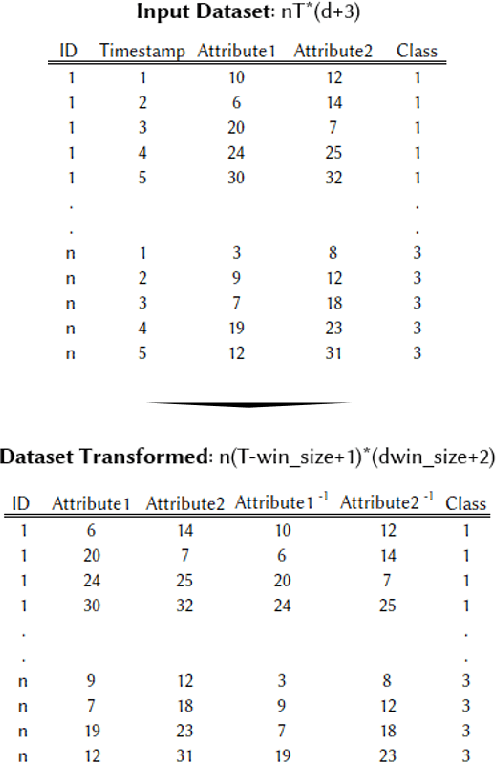
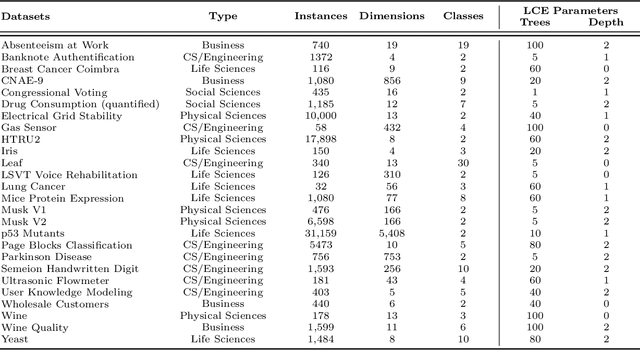
Abstract:We present LCE, a Local Cascade Ensemble for traditional (tabular) multivariate data classification, and its extension LCEM for Multivariate Time Series (MTS) classification. LCE is a new hybrid ensemble method that combines an explicit boosting-bagging approach to handle the usual bias-variance tradeoff faced by machine learning models and an implicit divide-and-conquer approach to individualize classifier errors on different parts of the training data. Our evaluation firstly shows that the hybrid ensemble method LCE outperforms the state-of-the-art classifiers on the UCI datasets and that LCEM outperforms the state-of-the-art MTS classifiers on the UEA datasets. Furthermore, LCEM provides explainability by design and manifests robust performance when faced with challenges arising from continuous data collection (different MTS length, missing data and noise).
 Add to Chrome
Add to Chrome Add to Firefox
Add to Firefox Add to Edge
Add to Edge